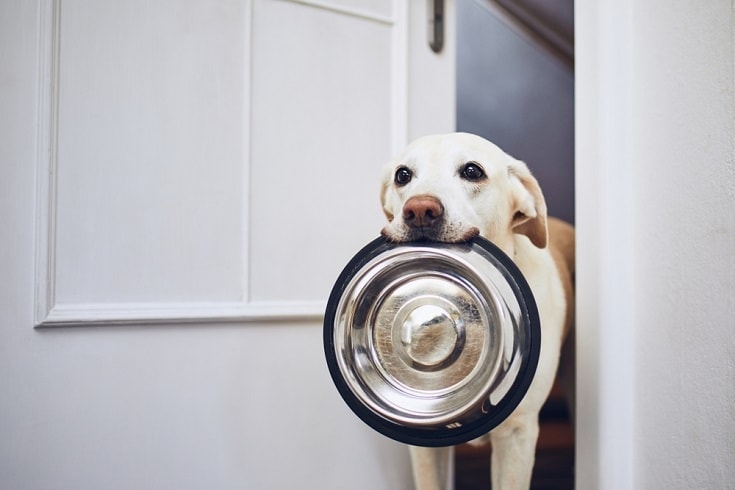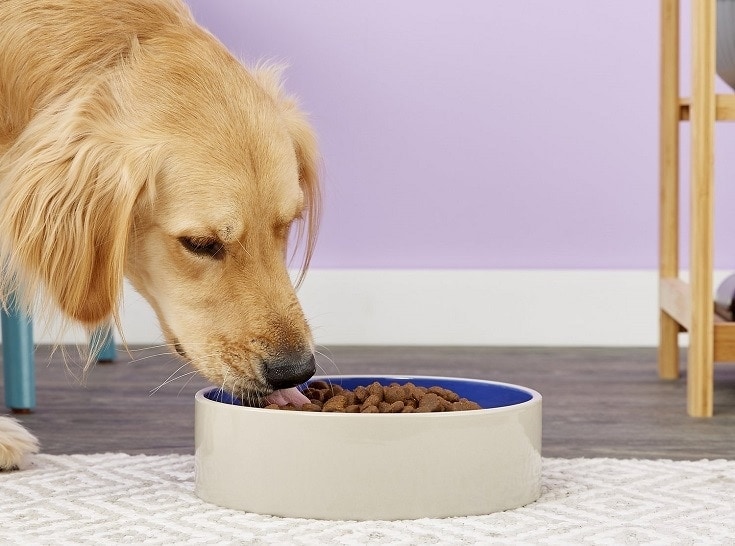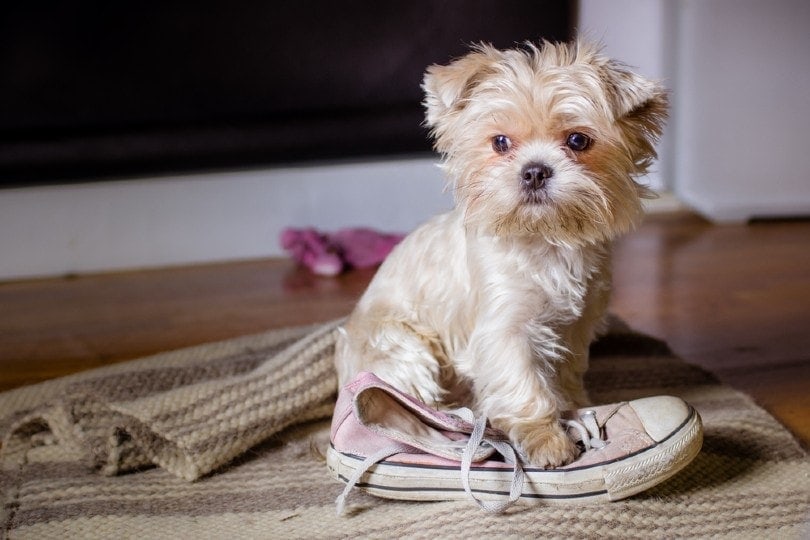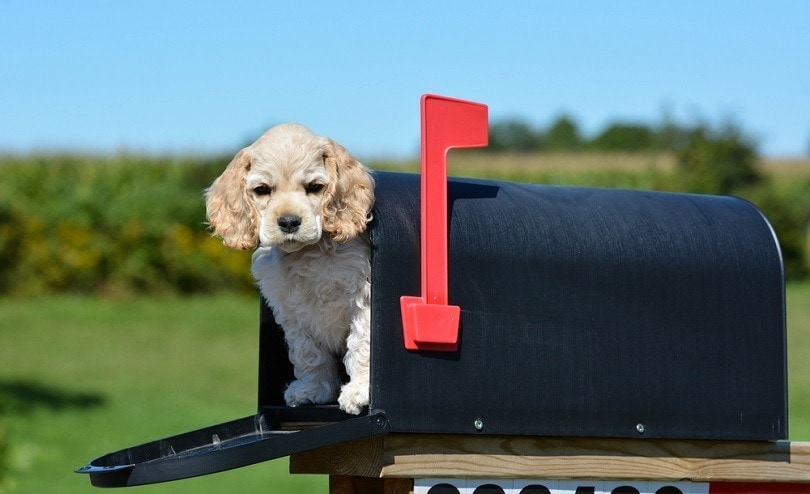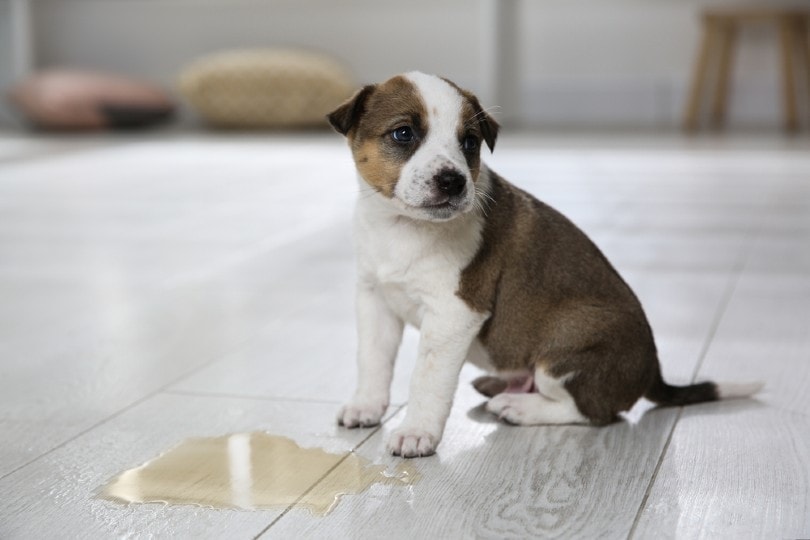There are thousands of products available for the millions of people who have pets. Feeding pets is a necessary part of ownership, and keeping them on a balanced diet is the best way to keep them healthy.
Food isn’t the only piece of the dietary puzzle. Their food bowl also needs to be food-safe and secure. They shouldn’t be in danger of consuming bacteria from leftover old food or cutting their mouths on a broken edge.
Pet bowls are made from all kinds of different materials, each with its pros and cons. However, what is the best material for a pet bowl to keep your pet safe and well-fed? We discuss the answer to this question in this article.
The 5 Best Materials Used for Pet Bowls
1. Plastic
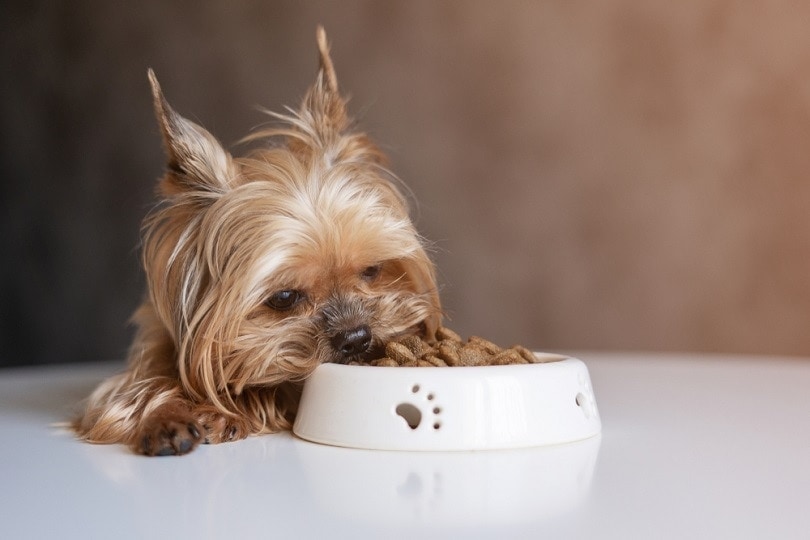
Plastic is one of the cheapest materials used for pet bowls. Many kinds of hard plastics make durable bowls. However, they are not as durable from the surface inward as many other materials on this list. Pets, especially dogs, can be rough on their gear. You need durable materials to help safeguard them and your investment in the products.
- Plastic is a budget-friendly choice.
- Many product options come in different kinds of plastic.
- Plastic can get easily scratched, which ends up harboring old pet food and bacteria.
- It stores bacteria as it wears down.
- It is not that durable.
2. Stainless Steel
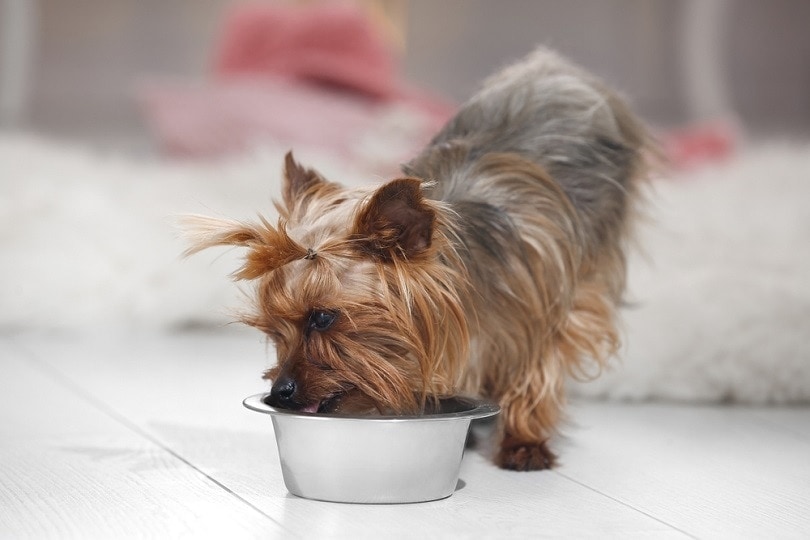
Stainless steel has become one of the most common materials for pet bowls. There are different varieties and qualities of the material, including medical-grade, which is the safest for your pet. This high-quality material protects your dog from any potential bacterial growth from old food and makes it easy to clean.
- Stainless steel is non-porous, making it easy to keep clean.
- It does not harbor bacteria.
- This material easily moves across the floor if it doesn’t have a non-skid rubber mat or feet.
3. Glass
Glass is also used for pet bowls, although not frequently. Most often, glass is used as a material for small pets like cats and small dogs. They are less likely to bang it around and do any lasting damage that could end up hurting them in the end. Glass can be quite an attractive pet bowl material, but it is often too fragile for everyday use.
- Glass is a smooth surface that is easy to keep clean.
- It isn’t porous and doesn’t easily store bacteria.
- Even durable glass bowls can break or chip and become sharp.
- Glass can concentrate the sun’s rays and might burn or even start a fire if left on a wooden porch.
4. Ceramic
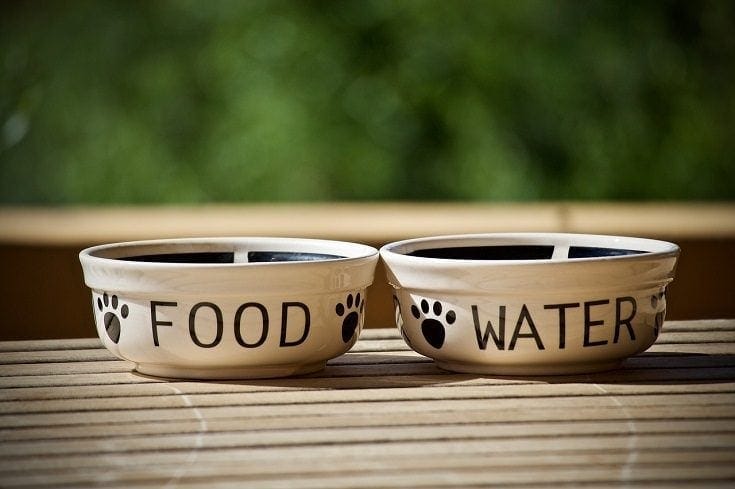
Ceramic has become a popular material for pet bowls because it offers owners plenty of customization options. You could even make a pet bowl at a specialized pottery class that will use a food-grade sealant in the kiln to make it safe for your pets to consume their food from. But ceramic can be quite porous and is often fragile if not made properly. Any shards can be sharp as well.
- There are many choices of colors and patterns.
- Ceramic is quite porous and can store bacteria.
- The coating or sealant needs to be food-grade and durable.
- It can be breakable and sharp.
5. Stoneware
Stoneware is an interesting option. It is not a common material for pet food bowls, so you might need to look for these bowls from a stone-working artist or special-order them. Stoneware should be glazed so they aren’t so porous. Some glazes contain lead, so only utilize a food-grade glaze or check with the producer to ensure that you aren’t slowly poisoning your pet.
- Stoneware makes for an attractive accessory in your home.
- Stoneware is sturdy and more difficult to break than glass or ceramic.
- Stoneware is heavy and can easily scratch floors.
- It might chip if played with or accidentally smashed against something.
- Stoneware can be quite porous and challenging to keep clean unless coated.
- Coated stoneware might contain lead.
The Best Material for Pet Bowls: Verdict
The best material for pet bowls is a stainless-steel bowl with a rubber mat or feet to keep it from skidding across the floor. This material is not easy to chip or break in any way, and it doesn’t harbor any kind of bacteria because it is non-porous. That is also why it is easy to keep clean in between meals.
Featured Image Credit: Jaromir Chalabala, Shutterstock

